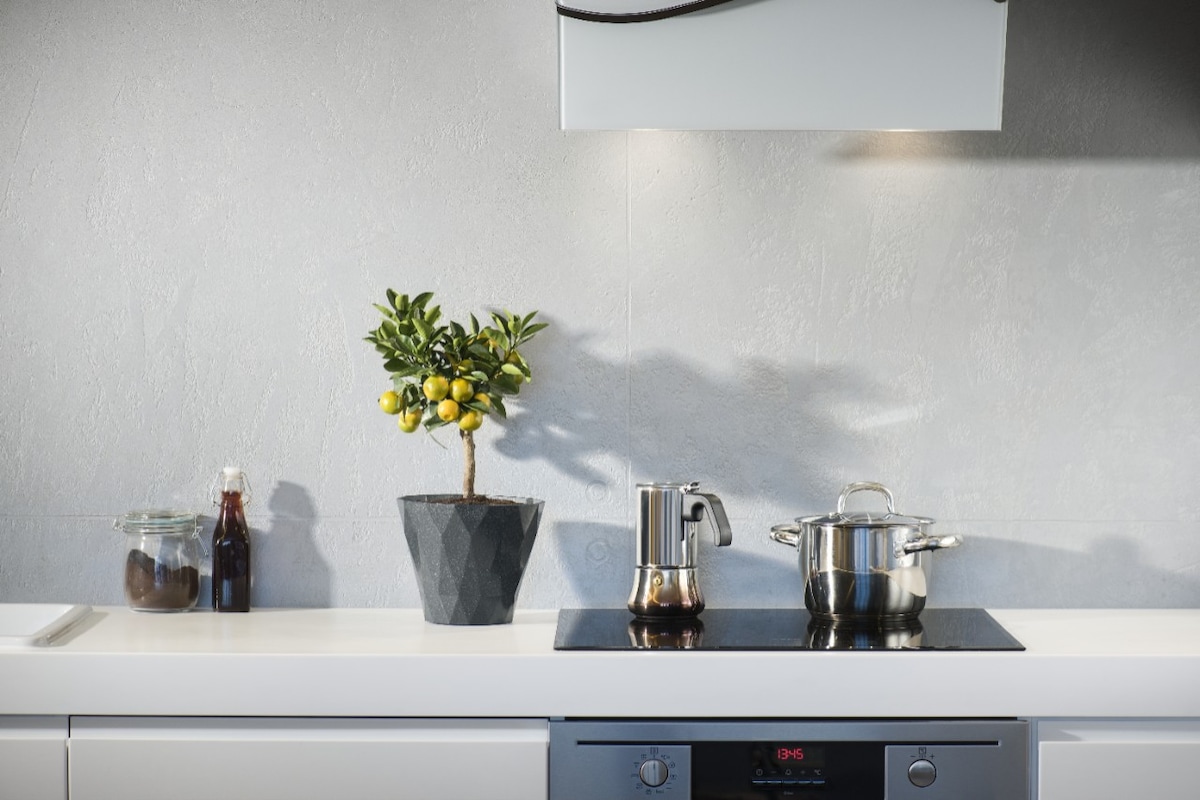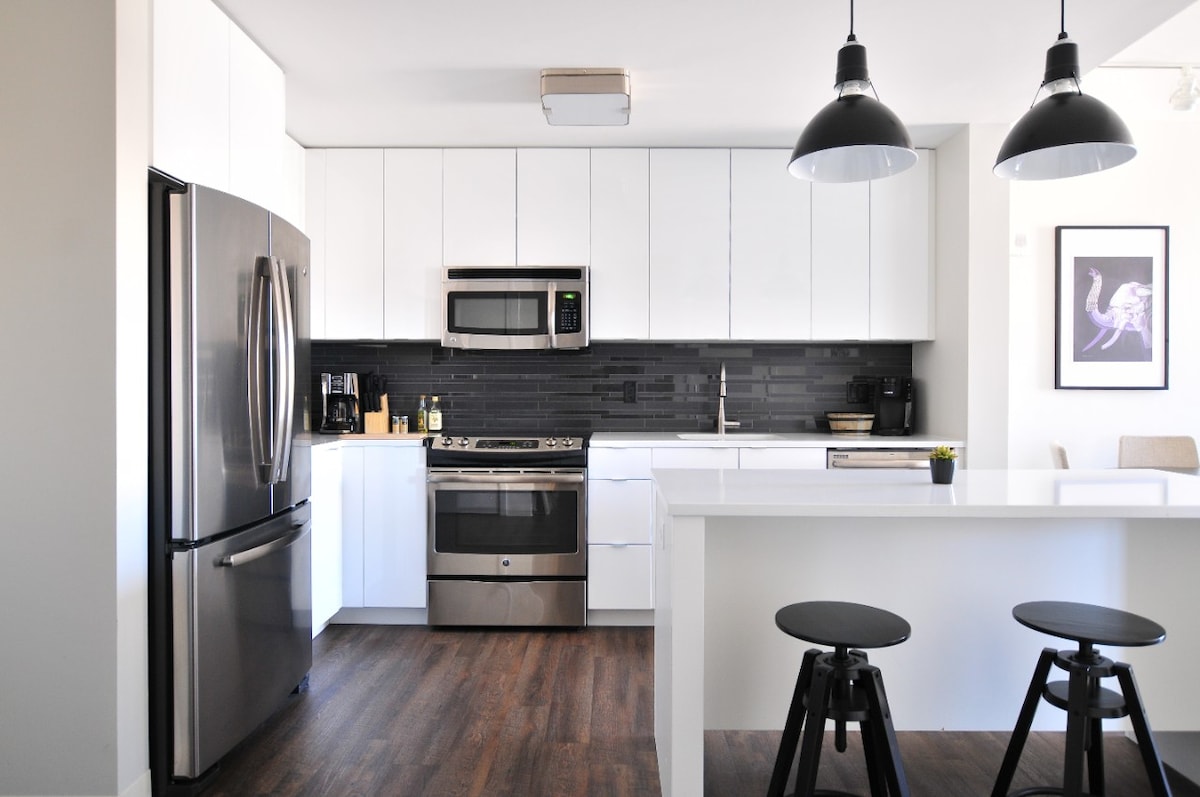If you’re looking to build a new house or make extensive renovations, a 7-star energy rating can help increase your home’s energy efficiency.
How to achieve a 7-star home energy efficiency rating
New Australian homes and some renovations to existing homes must now meet 7-star energy rating requirements as outlined in the National Construction Code. But there are some allowances. Houses built in climate zones 1 and 2 (that’s along the north and north-east coasts) can have 6 or 6.5 stars if their outdoor living areas comply with certain standards.
The Nationwide House Energy Rating Scheme provides homes with an energy efficiency star rating from 1 to 10, based on the home’s design, construction materials and where it’s built.
What is a 7-star energy rating?
An energy rating reflects how much artificial heating and cooling is needed to keep the inside temperature of your home within a comfortable range.
A 7-star rating achieves a higher level of thermal energy efficiency than a 6-star rated house. This means a 7-star rated home will need some mechanical heating and cooling to keep it comfortable, but not a lot. At the highest end of the scale, a house with an energy rating of 10 requires no artificial heating or cooling throughout the year.
Did you know? The more stars an appliance has, the more energy efficient your home and the less impact it creates on our environment. Discover other simple and creative ways that can help make your new home more energy efficient.
How is my home’s star rating assessed?
When evaluating a new home and its compliance with a 7-star energy rating, an assessment considers the ‘skin’ of the building and materials that make up the home as well as environmental factors such as climate and orientation. These include:
Location – climate zone
Orientation – with respect to north
Building materials – floor type, wall type, roof type
Windows/glazing – size/location/frame material/type of glass
Insulation – ceiling/roof/wall/floor including type, thickness and brand
Exterior finish – roof and wall colours
Ventilation – size and placement
Ceiling fans – size and placement
Lighting – natural or energy consuming
Floor coverings – carpet, hard floors
Expected annual energy use.
For example, a 7-star home in Cairns may only be a 5.5-star home in Hobart. This is because NatHERS uses different star band criteria for each climate zone. The airy, cross-ventilation of a ‘Queenslander’ style home would not only be highly impractical in the cool Tasmanian climate but could lead to a spike in heat and energy usage.
NatHERS assessments also include your expected annual energy use – called the whole of home rating. This predicts how much energy your new home’s major fixed appliances are likely to use, plus any energy generated or stored by solar panels and batteries.
Windows can also have a big impact on the star rating of a home, as they can be poor insulators. Double glazing your windows can help control the amount of radiant that heat enters (or leaves) a building and help improve energy efficiency.
Double glazing your windows can help control the amount of radiant that heat enters (or leaves) a building and improve energy efficiency.
How to achieve a 7-star energy rating
According to the Victorian Building Authority, achieving a 7-star rating is not difficult, but it does help to work with your building designer or architect as early as possible in the design and planning stage. For instance, just selecting the best orientation of your new home to take advantage of solar energy will increase your home’s star rating.
Who conducts an energy star rating assessment?
During the building’s design phase, a qualified NatHERS assessor will determine the star rating of a new home using one of several approved tools. These tools use carefully designed algorithms to calculate how much energy would be required to heat and cool the home over a year, and this converts into an efficiency rating or ‘star rating’. It’s a simple process – all the assessor needs is the architectural drawings of your building in a PDF format.

Did you know: Smarter design choices in the planning phase can reduce the amount of energy needed to keep a home comfortable with little or no additional construction cost.
The environmental impact
Higher home energy ratings generally can help to lower your energy usage and reduce your environmental footprint – simply by reducing the amount of energy required to keep your home comfortable. It’s important to understand when and where you consume energy in your house, so you can make a concerted effort to reduce your impact. Better yet, you could install solar PV and battery storage in your new home as another way that may further reduce your emissions footprint.
Here’s a tip: Learn more about where the energy in your house is being used by analysing your smart meter data.
So now you understand what it means to comply with a 7-star rating, why stop there? Future-proofing the energy efficiency of your home could mean setting the bar even higher – why not aim for 8 or 9 stars?
Only a few Australian homes have reached the aspirational pinnacle of 10-star energy efficiency. They prove what’s achievable when smart design and respect for the environment come together harmoniously.
This article provides general information only. For advice specific to your home or building project, consult a qualified building designer or architect.
Where is your electricity is going?
AGL Energy Insights helps you to take control of your electricity costs and find out where you could start making savings.



